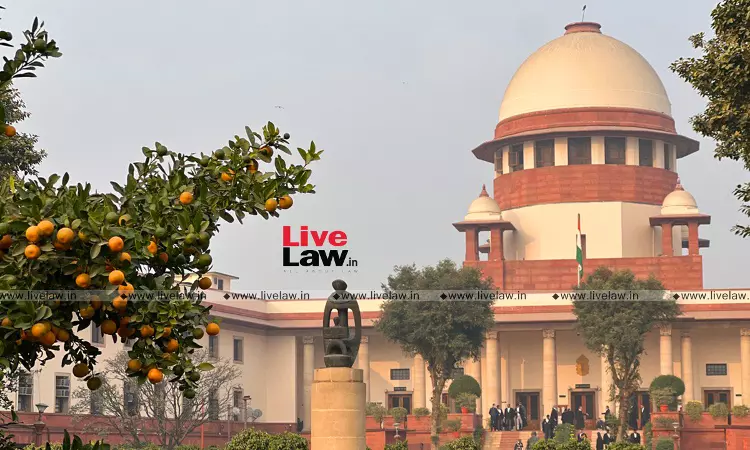Buffer Zone : Supreme Court Refers Pleas To Modify 1 KM ESZ Mandate To 3-Judge Bench
Awstika Das
16 Jan 2023 8:35 PM IST

Next Story
16 Jan 2023 8:35 PM IST
The Supreme Court on Monday directed the batch of pleas seeking a relaxation of the directive to declare one kilometre around protected forests as ecologically sensitive zones (ESZ) to be listed before a combination of three Judges. A division bench comprising Justices B.R. Gavai and Vikram Nath was hearing the petitions filed by, inter alia, the governments of Kerala and Tamil Nadu, as well...
